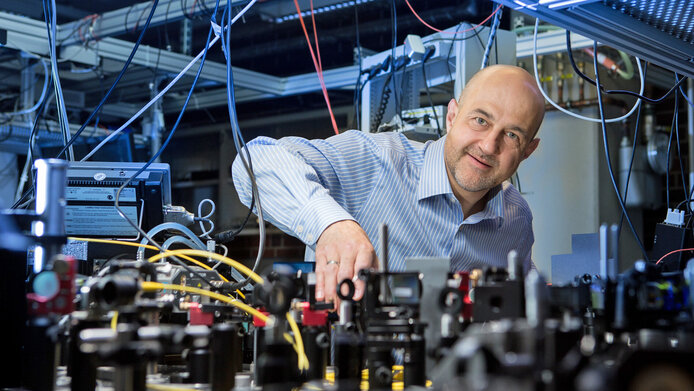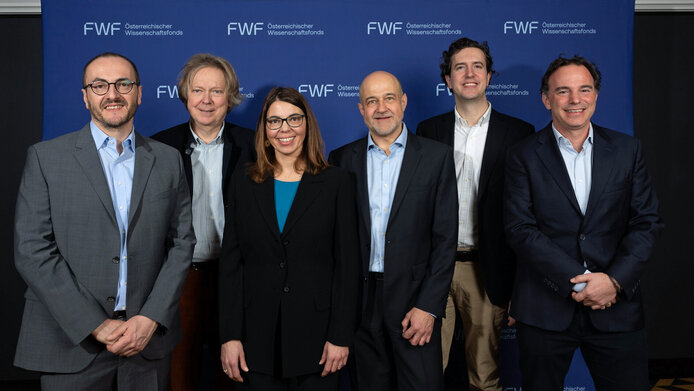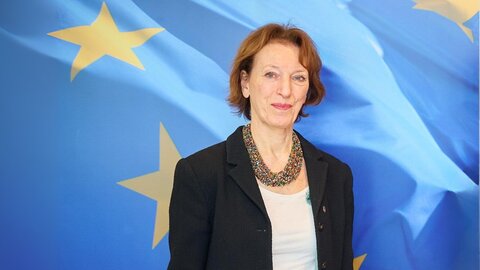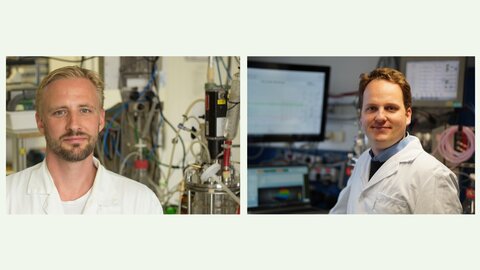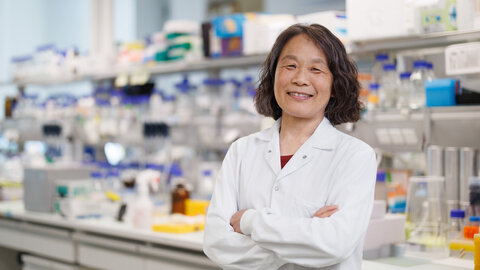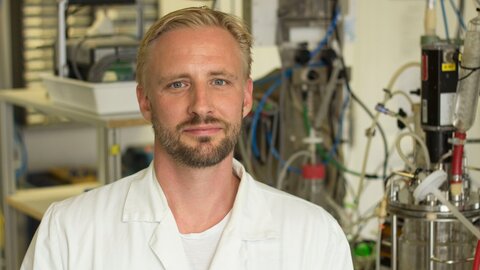In addition to the core projects, you also established discovery projects to break through the “boundaries of conventional thinking” in quantum science. How crazy are these ideas allowed to be?
Weihs: They can be very crazy. But in the end, external experts will decide whether a project is approved. We do expect the ideas to have some rational foundation, of course. The researchers certainly have an idea of what to expect from their approaches. Perhaps they want to try out a new atom in the ion trap or investigate photons in a gravitational field and see if they can find something new – things that may not be suitable for a major application to the FWF or an EU funding program, but definitely should be addressed. The budget is limited to EUR 150,000, but the competition is fierce: in the first call we received 46 applications, and we can award funding to no more than 15.
For all its excellence in research, Austria remains a small country with limited opportunities. How do domestic quantum sciences fare in an international comparison?
Weihs: The Austrian quantum community is doing really well. With its 70 working groups, , Austria probably has the highest density of quantum scientists in this field relative to its population. Certainly higher than in Germany, although the Germans have many more non-university research institutions conducting quantum research. Austria's quantum science researchers receive a considerable amount of funding, even though it was difficult for a long time to obtain funding for the necessary expensive instruments – that caused us to fall behind other countries. It's a good thing that the “Quantum Austria” initiative of the Austrian Science Fund FWF and the Austrian Research Promotion Agency (FFG) – with the help of EU Recovery Fund resources – has been providing particularly strong support for this type of research infrastructure since 2022. In a small country you have to find suitable niches in which you can flourish, and I think we have achieved this with our research agenda that stays close to fundamentals.
Transfer of knowledge is another aspect of the Clusters of Excellence. At the same time, basic research must not be diluted by focusing too much on potential applications. How do you manage to balance the two?
Weihs: Knowledge transfer has many dimensions, from communication with society and politics to networking with industry, but also patents from basic research that are translated into applications. In my capacity as Vice Rector for Research at the University of Innsbruck, I sign a few invention disclosure reports every week – and not just in the quantum field. It is important for researchers to at least have some awareness of possible applications. Research institutions also need experts who keep track of the topic and approach scientists. And we need models to ensure that intellectual property is handled fairly in the event of its use in an application. The Cluster of Excellence is currently running its own program for start-ups and spin-offs in the quantum field so as to promote the transfer of knowledge and make it go in the right direction.
Application research in the quantum field is still young, the transformation is in full swing. Is there a feedback effect on basic research?
Weihs: The new market orientation means that graduates from the research groups find jobs very quickly. Sometimes it is even difficult to persuade them to stay in academic research. This also applies to women, although in their case family planning is another strong factor. We now have a constant proportion of 20 to 25 percent women at undergraduate level. At doctoral and post-doctoral level, however, those percentages are unfortunately dropping. The increased emphasis on applied research also results in a significant improvement in equipment and methods in basic research areas that work with highly specialized equipment. In my own field, photonics, it used to be part of the job to laboriously build detectors for individual photons in order to carry out an experiment. Today, these devices are readily available on the market. Researchers have founded spin-off companies that offer such specialized equipment. Better tools are available and that means you start your experiments at a higher level.
The success story of domestic quantum science had its climax in Anton Zeilinger winning the Nobel Prize in Physics. In what way has this affected the domestic quantum community?
Weihs: Due to Austria's strength in this field, we already had a very high proportion of international students before the Nobel Prize. But we did notice that interest reached new heights afterwards – and literally from all corners of the world. Of course it had a significant effect on public perception, including tabloid newspapers that now write about quantum physics. Many more people in Austria are now aware of the quantum world.
You have been living with the contradictions of the quantum world for decades. Has that changed your view of the everyday world?
Weihs: I think you just get used to these non-intuitive rules in the world at micro level. I don't find them bizarre at all. The fact that these phenomena simply disappear once you look at bigger objects is a large part of the motivation for doing research on them. It's a mystery that wants to be solved. The questions arise from research – and that is important. In technology development, it is the application that determines the research focus. In basic research, only the researchers themselves can ask the interesting questions and conclude what is relevant. This freedom, this playground for curiosity, is what attracts many students. It's a bit like art. Artists don't want to be told what to do either. Society and policymakers sometimes find this difficult to understand.
